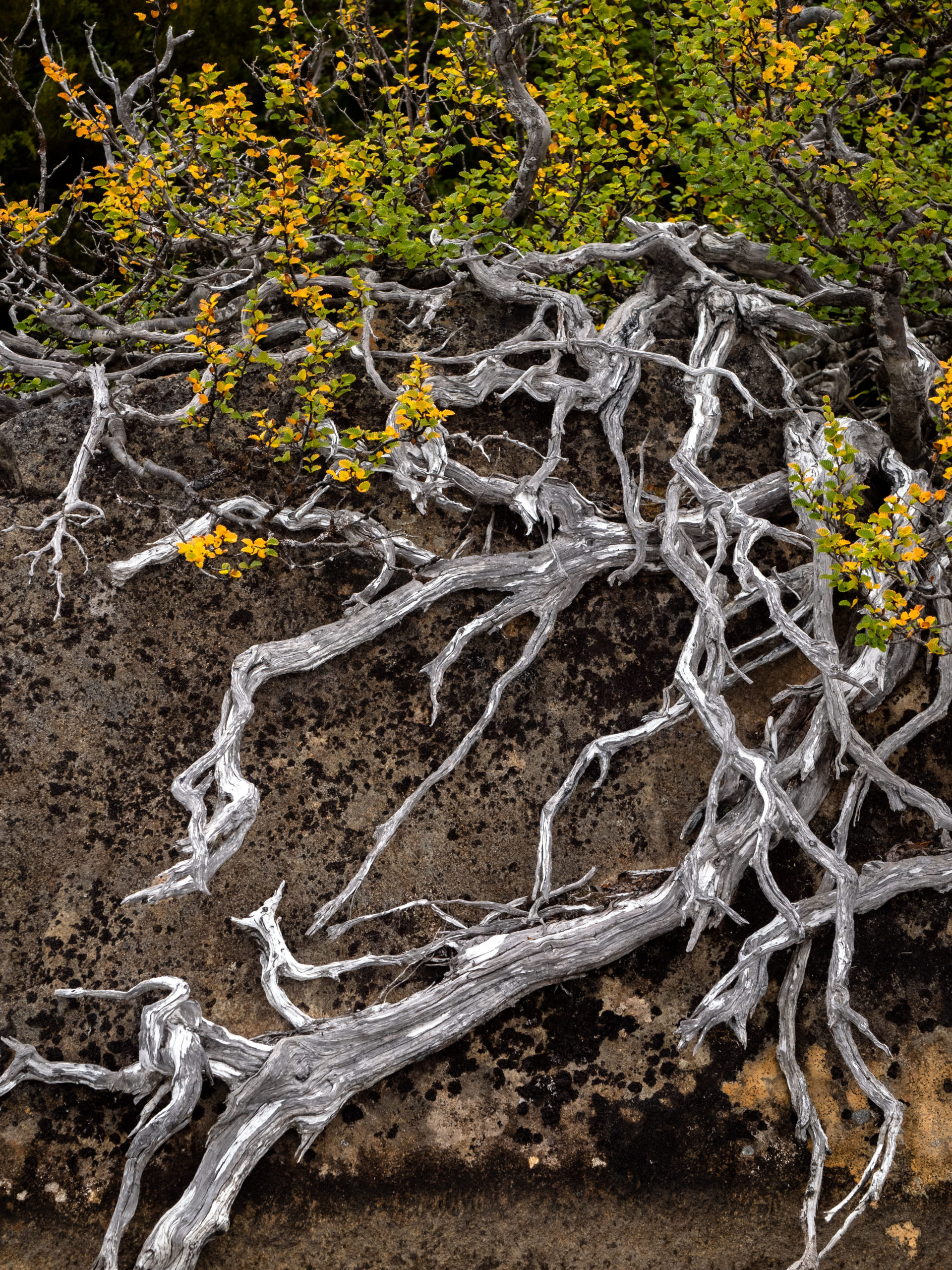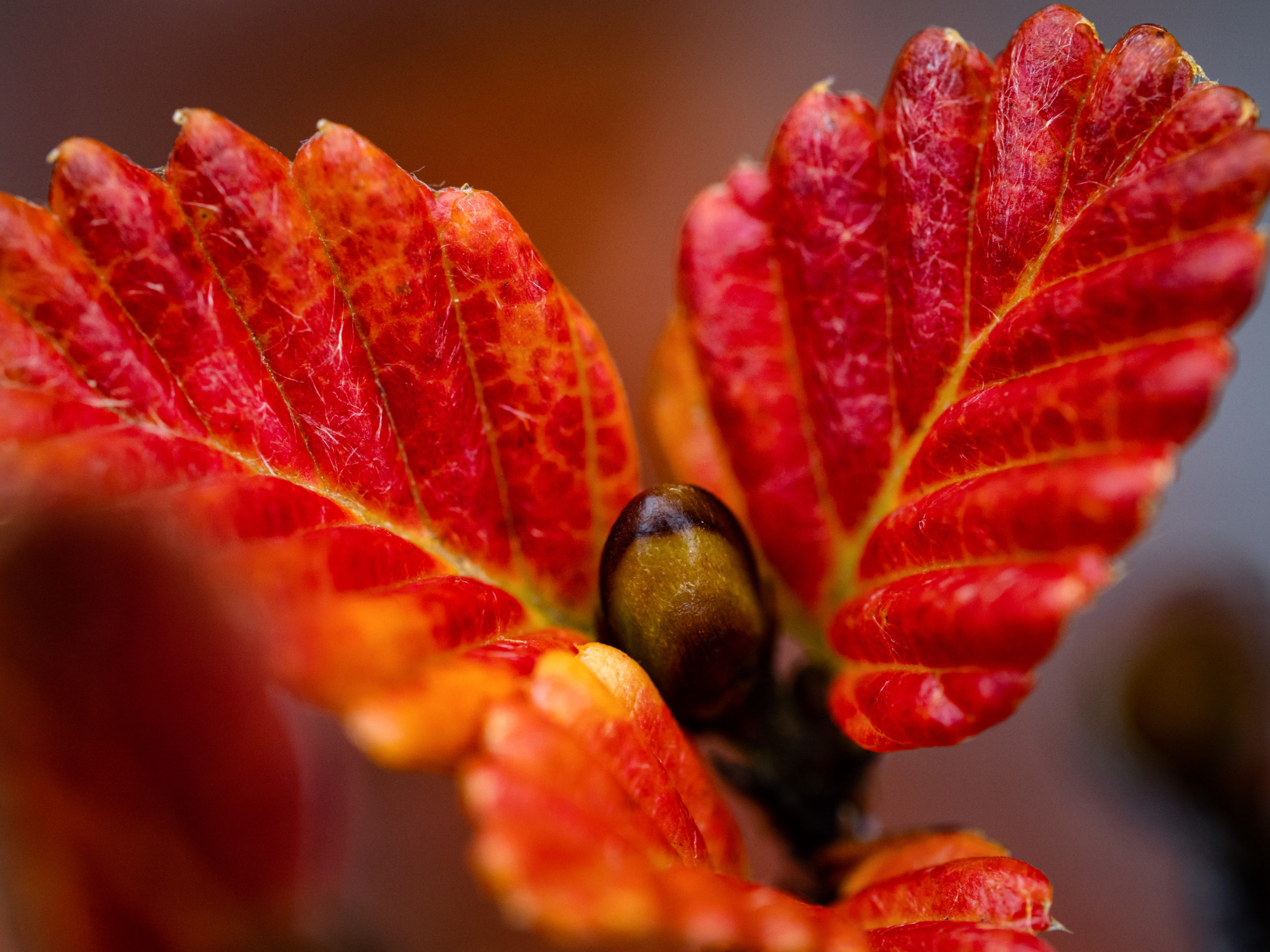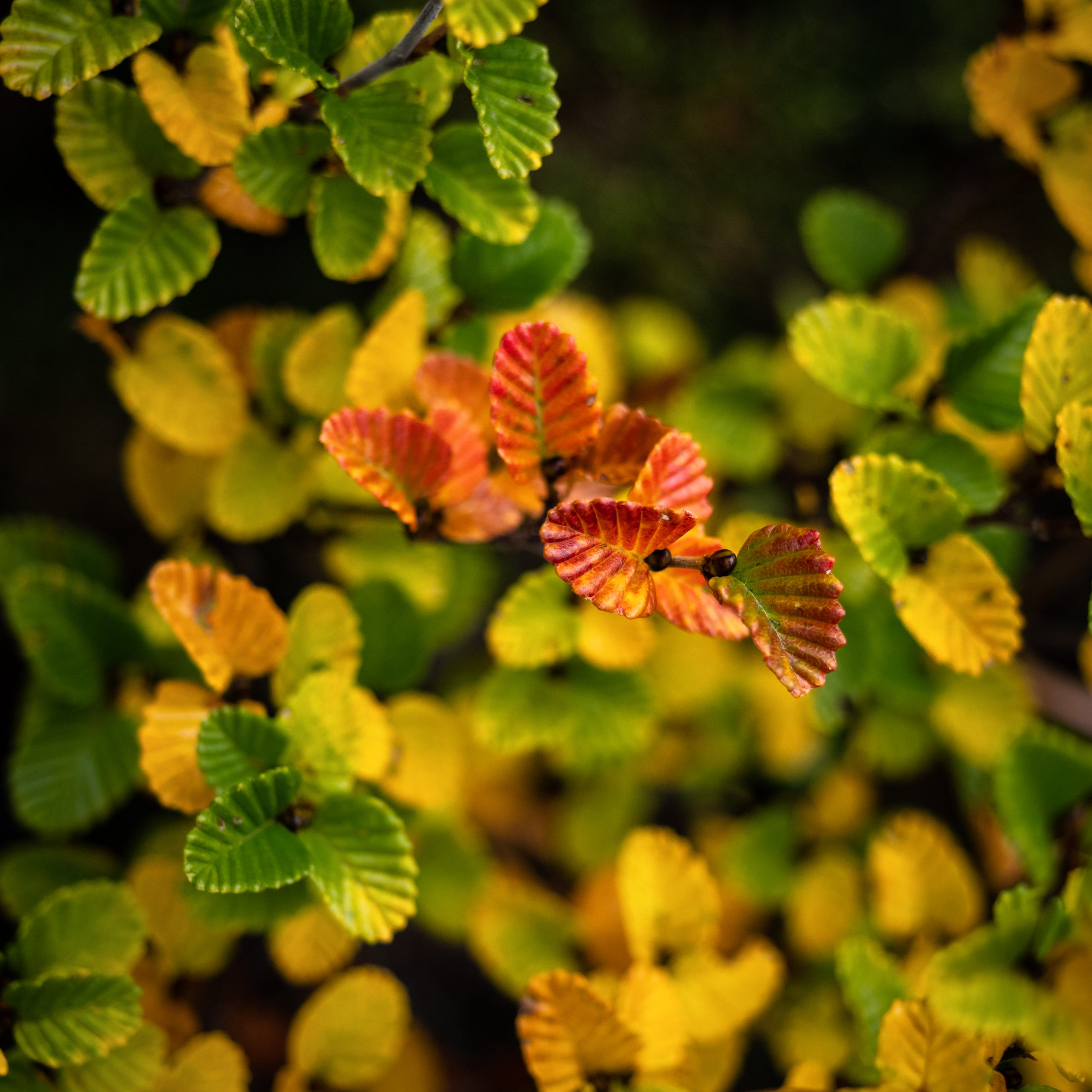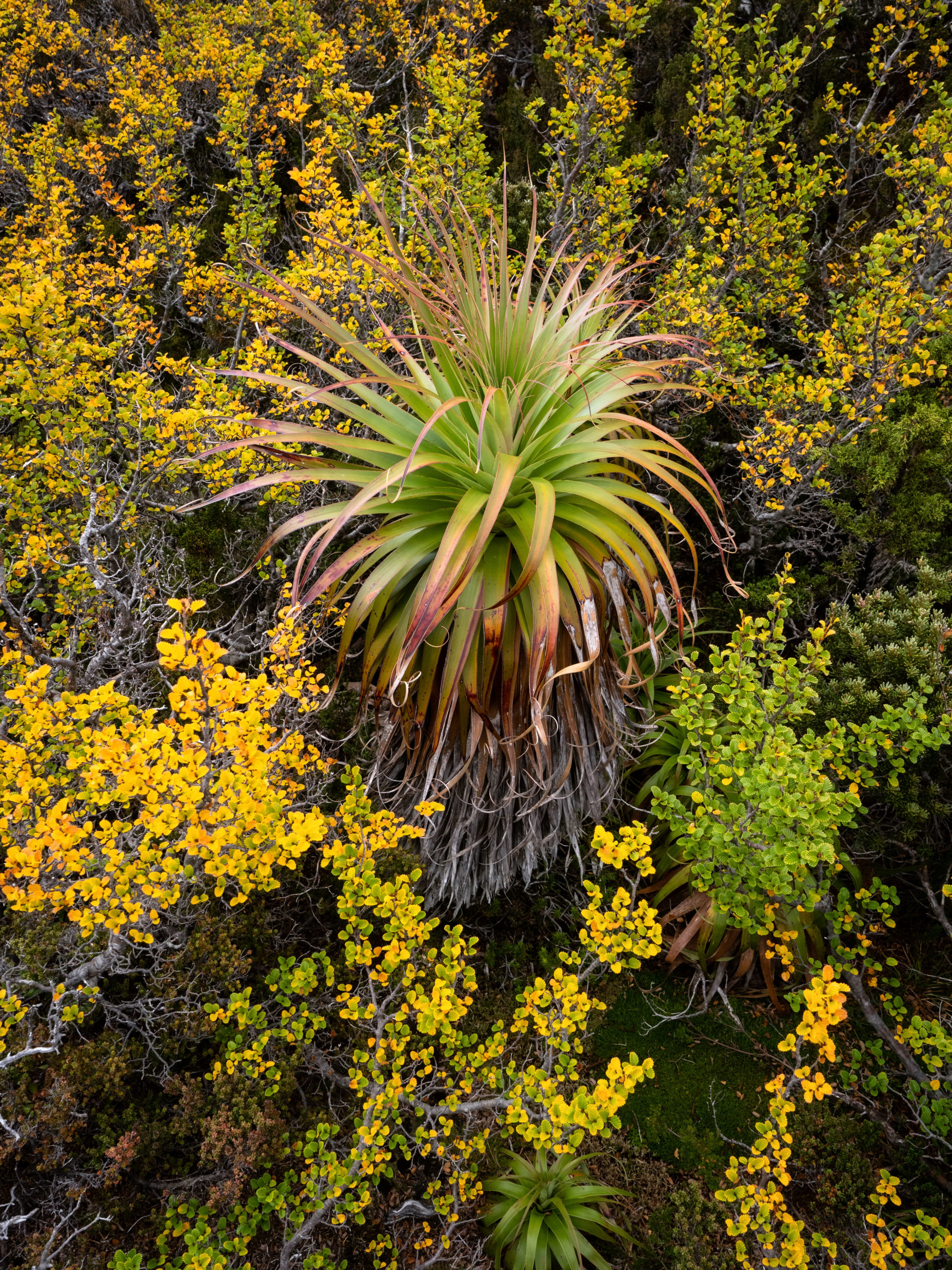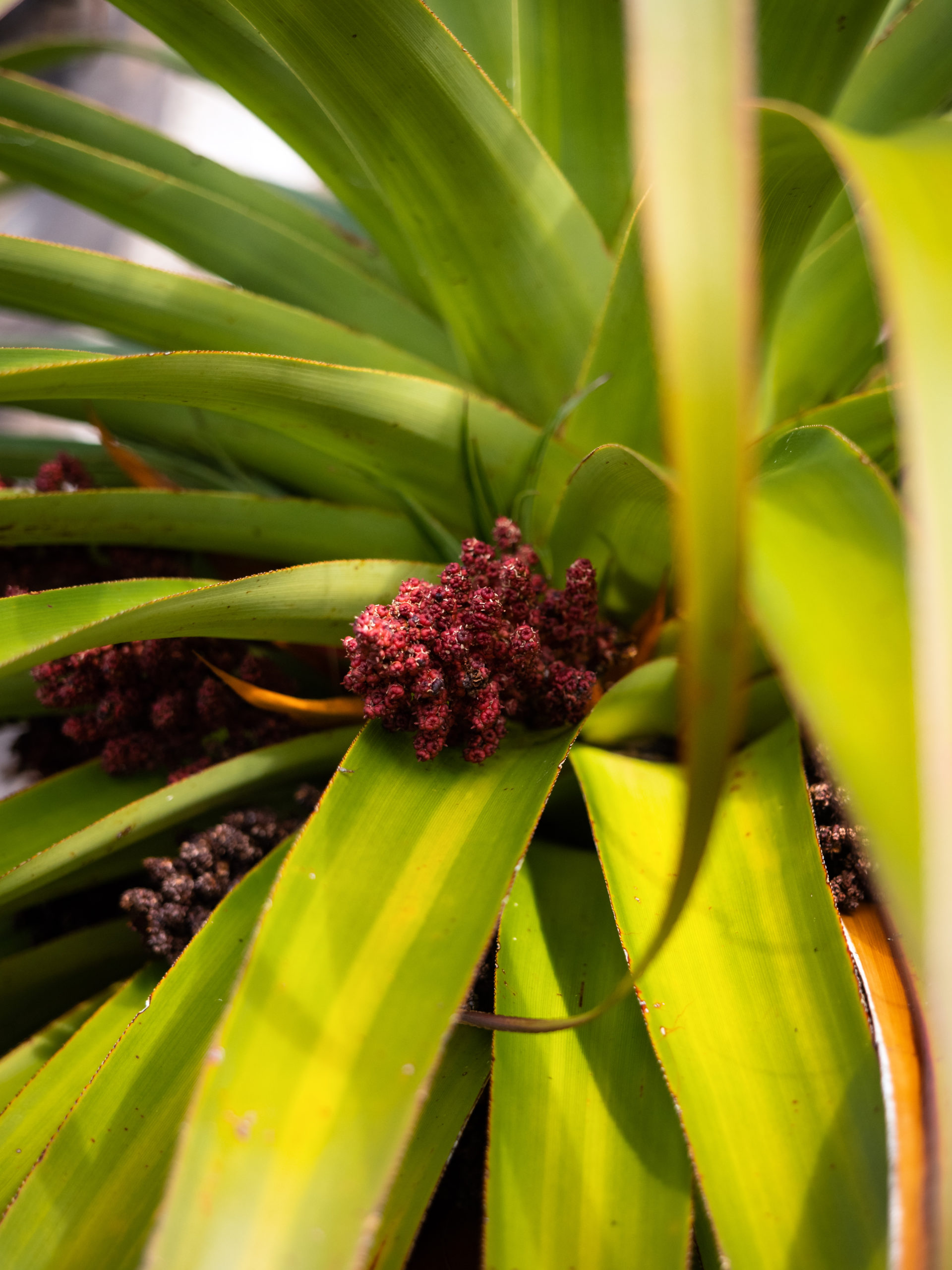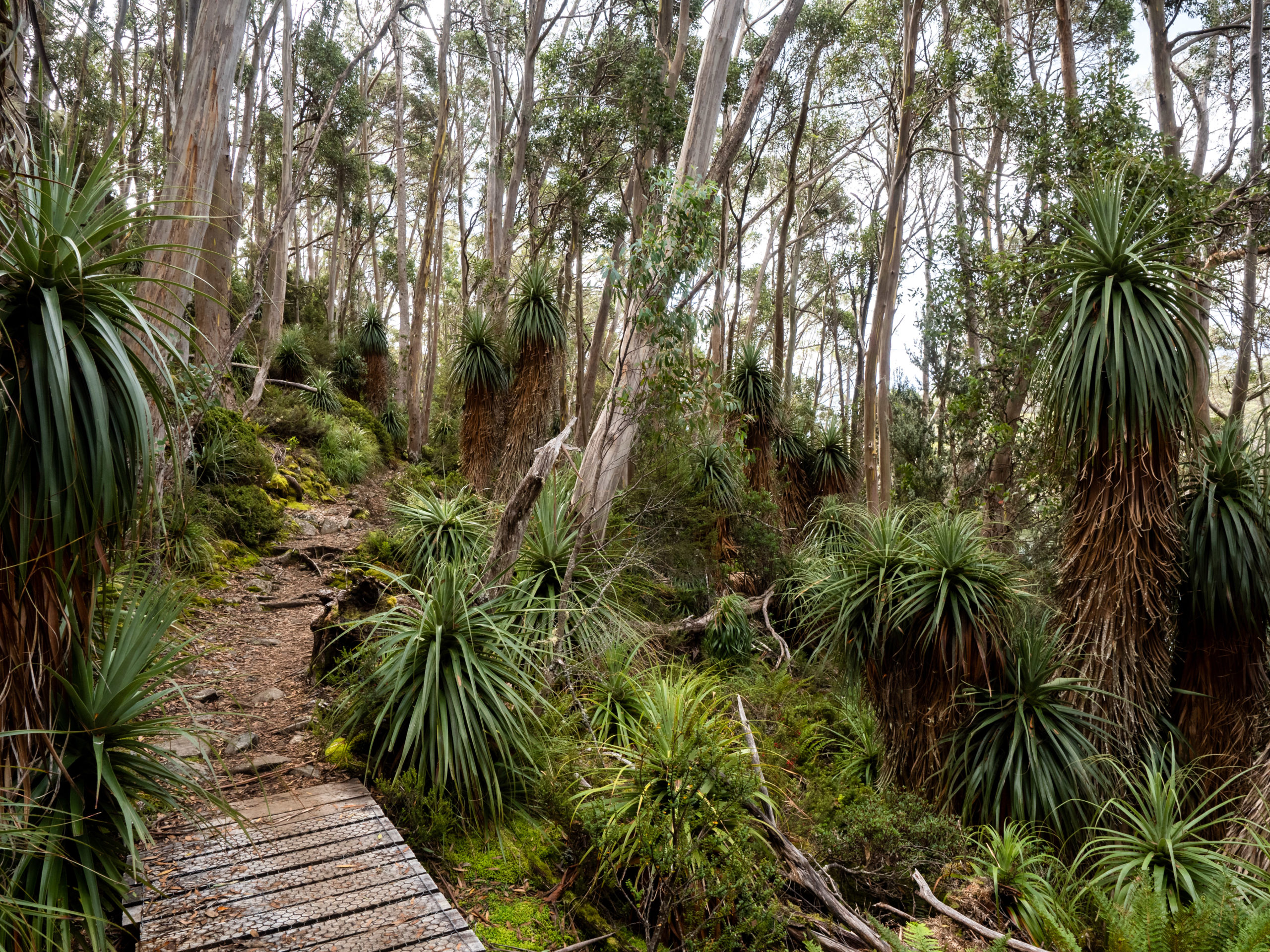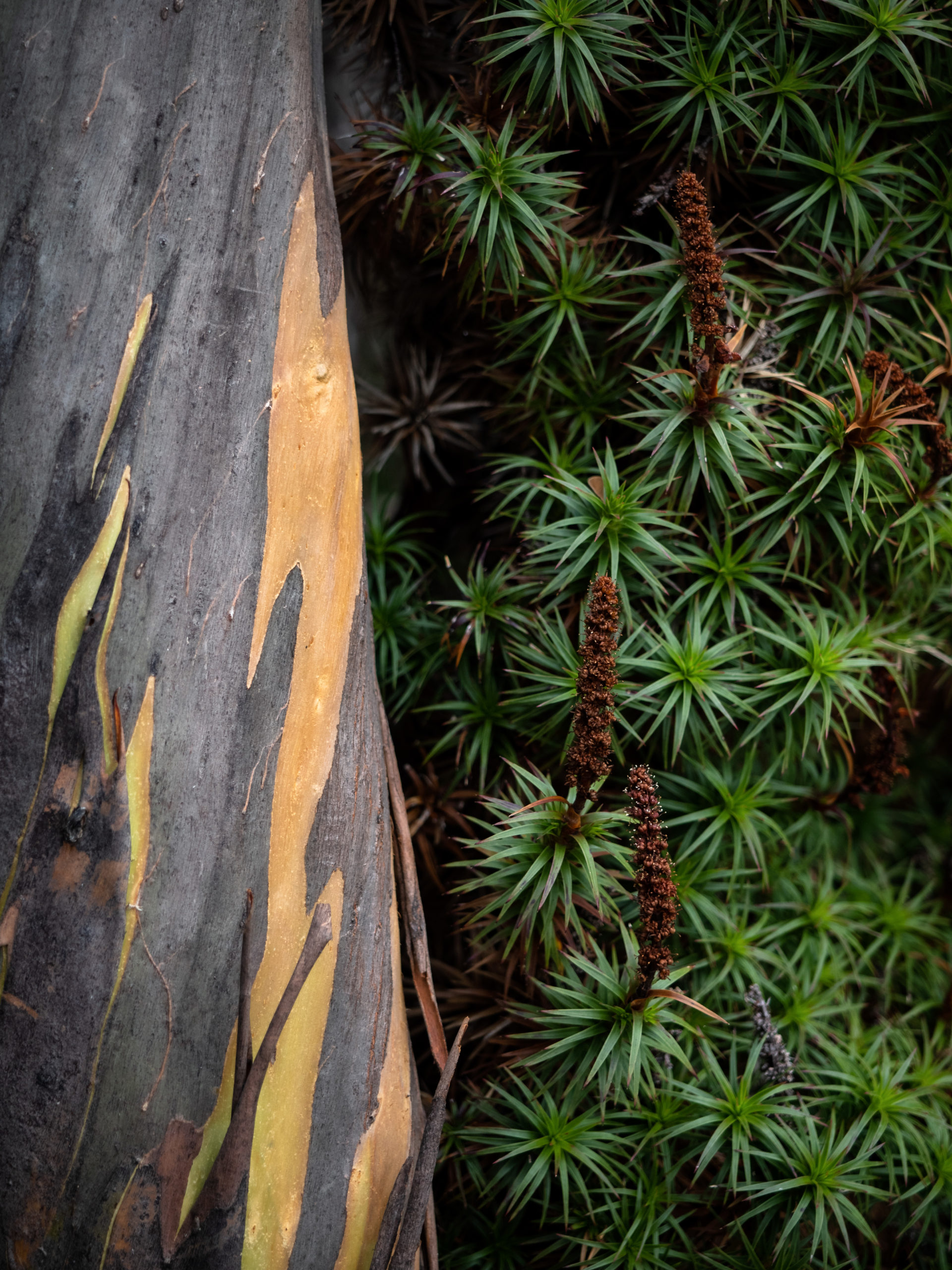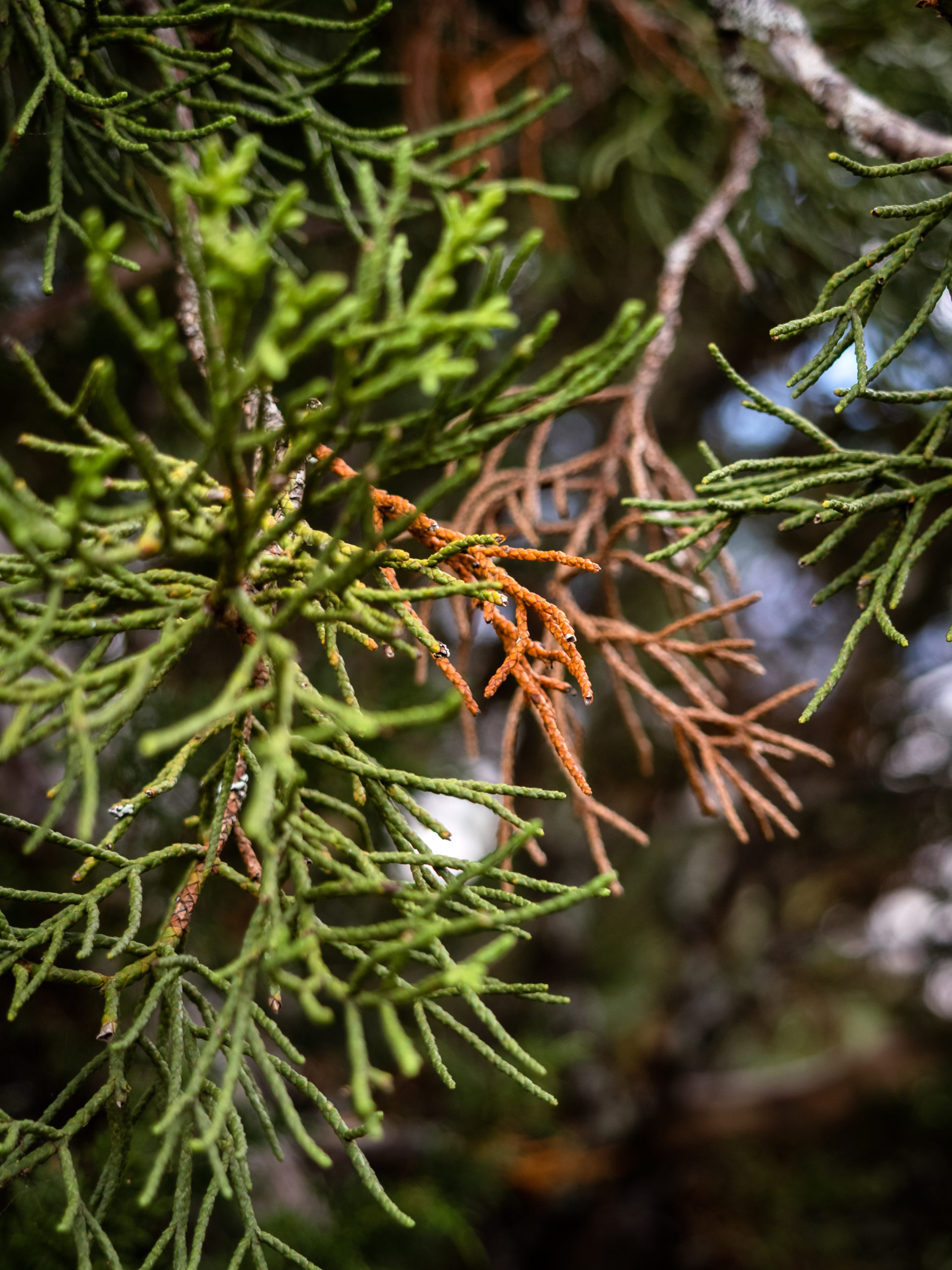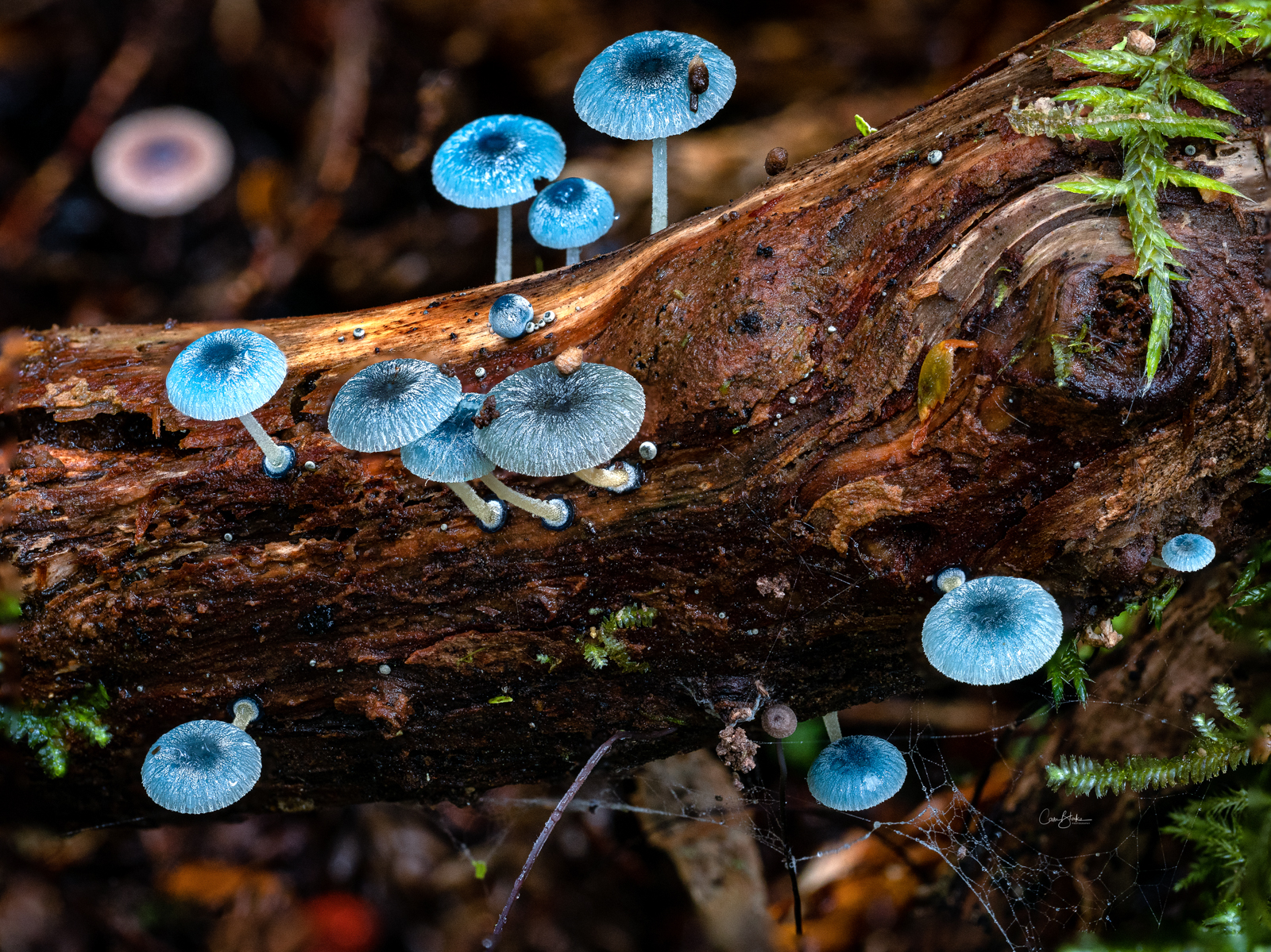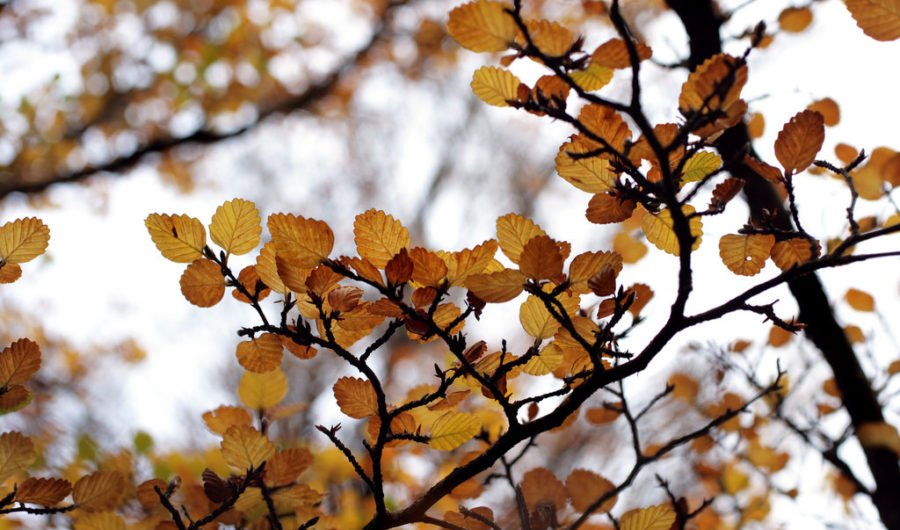The fagus is turning… but for how long?

Australia’s only cold-climate deciduous tree is turning.
Its leaves are flushing with brilliant, autumnal yellows and oranges right now and by mid May, its branches will largely be bare. The rare Tasmanian Nothofagus gunnii (fagus) is a stunning reminder of Australia’s Gondwanan heritage. This small tree, mostly less than 2m tall, is entirely unique to the mountains of Tasmania.
It grows in stands in remote highland regions of the Tasmanian Wilderness World Heritage Area, covering a total area of fewer than 11,000ha; it requires cold winters and more than 1800mm of rain annually. The annual ‘turning of the fagus’ that draws bushwalkers from far and wide to enjoy the spectacle is a fiery reminder of the fact that Tasmania used to be part of the southern supercontinent of Gondwana.
The fagus is regarded by scientists as a key to understanding how vegetation in the southern hemisphere evolved.
“They have a fabulous story to tell us, about the history of not just Tasmania but in fact how plants have evolved all around the world,” Professor Greg Jordan of Biological Science at the University of Tasmania says.
The fagus, a shrub which is is estimated to live for about 600 years, is one of Professor Jordan’s favourites. Its leaves are like crinkle cut chips that, before opening, are compressed like a piano accordion in the bud, an adaptation that allows them to flourish in spring.
“The fagus story is a fascinating and hugely important one to me, it represents a species that’s been around 40 million years and that’s a remarkable thing.”
Fagus under threat as Tasmania heats up
However, despite surviving for tens of millions of years relatively unchanged, the fagus is now under threat.
Scientists think that the tree may be wiped out as climates get warmer, drier and more fire prone. And while the threat won’t wipe out the fagus within the next year, or even 10 years, Professor Jordan believes it could happen within 100 years.
“The biggest threat is the increase in fires as a result of climate change. The story of the fagus isn’t so much about adapting to the world as it’s changed as one of just hanging on and hanging on, in its own habitat, that’s why places like Mount Field are so important.”
The threat, following an increase of dry lightning strikes, bushfires and other climate change symptoms, also impacts a range of other aged native flora.
“The mountains of central and western Tasmania are home to a rather amazing collection of relict plants. These include the conifers, like pencil, creeping and Mawson pines, but also quite a number of other shrubs. These are even more ancient than the fagus and most of them are threatened by the same changes.
“The big thing is that these species all tend to live together in quite small, specialised habitats, like at Tarn Shelf, Mount Field NP, and the slopes of Cradle Mountain [approx. 300km to the northwest]. So, that means that they’re all vulnerable to the same fires and stresses.”
